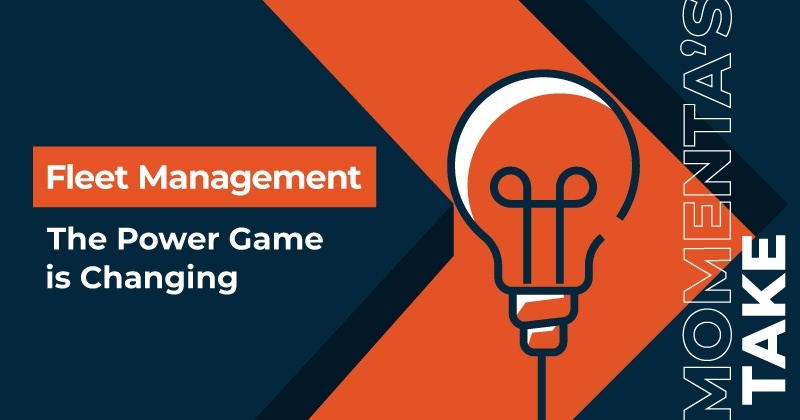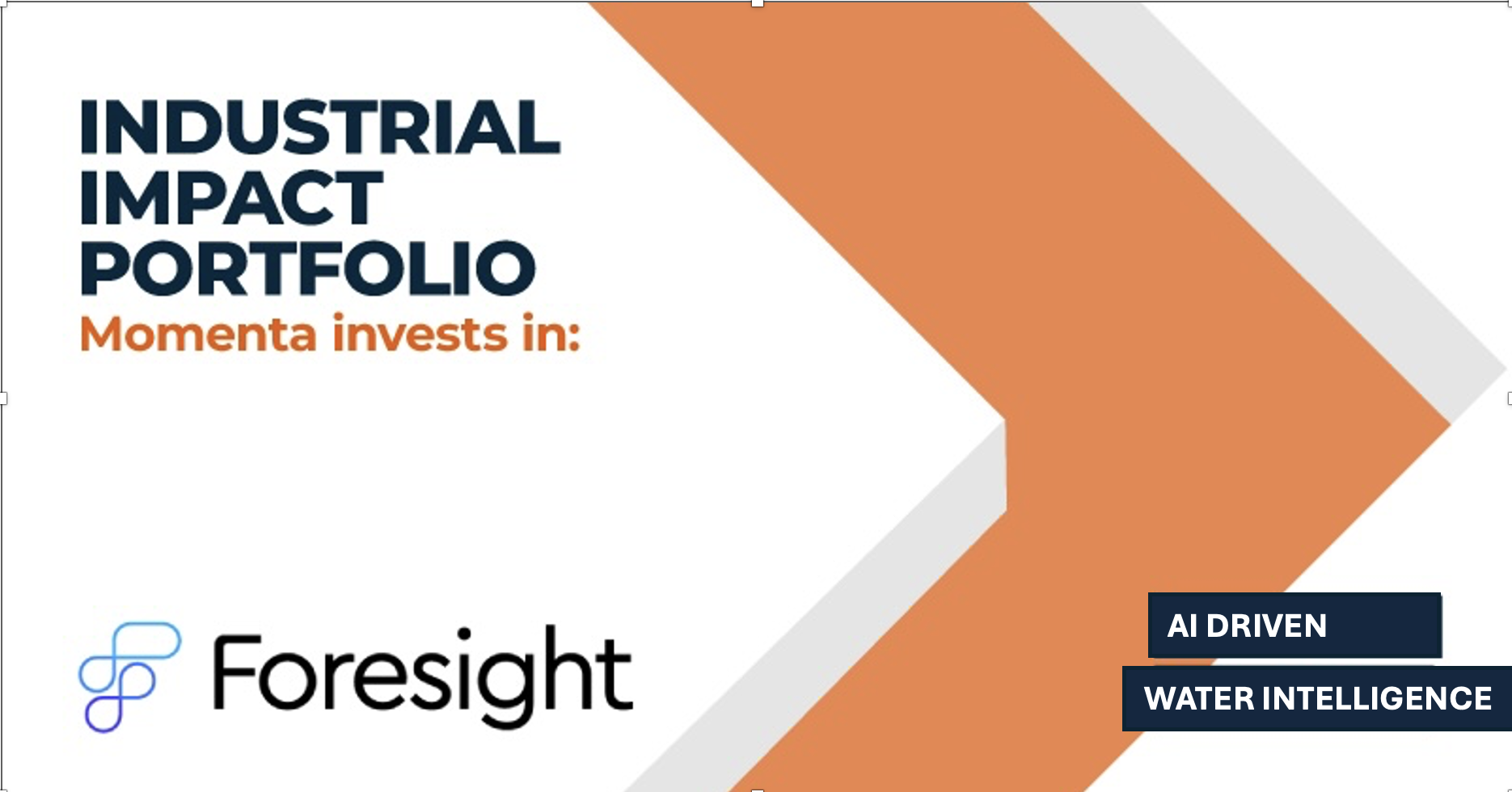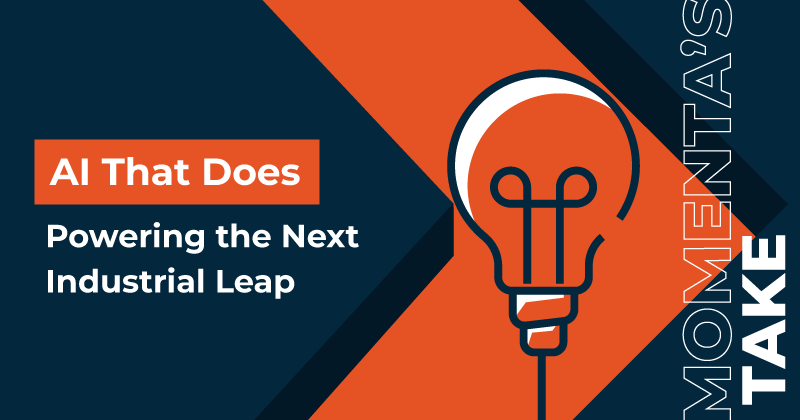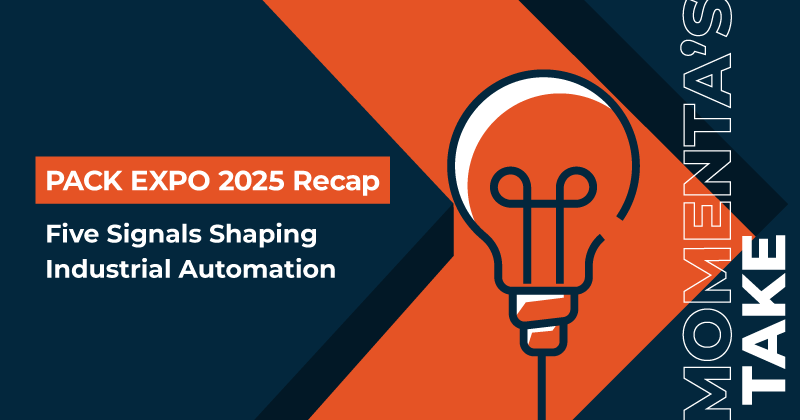Fleet Management 2029
Doug Harp

Fleet Management 2029
How OEM Platforms and TSP Consolidation Are Changing the Game
Connected OEM platforms and the rapid consolidation of TSPs are reshaping the commercial telematics market. The sector is entering a pivotal phase where two major forces are converging: OEMs moving to factory-connected vehicles across entire model ranges, and TSPs scaling to millions of connected assets.
Their impact is not separate but intersecting. The real competition now emerges at the crossroads of platform control and data scale, with customer ownership at the center.
Analysts predict active fleet management systems in North America will surpass 30 million units by 2029, with penetration nearing 85% as factory connectivity becomes standard. This shift has significant implications for OEMs, fleet operators, and Telematics Solution Providers.
This series examines what these changes mean for leaders responsible for platform strategy, data, and long-term customer relationships.
A Market at an Inflection Point
The next phase of fleet management is defined by structural change rather than incremental product upgrades. With most commercial vehicles soon leaving the factory cloud-connected, the ecosystem will realign around new control points and new expectations for intelligence, service, and recurring revenue.
Four forces are reshaping the industry:
- TSP Consolidation accelerates, with scaled providers winning the multi-brand fleet operator market and setting the pace in innovation, pricing, and ecosystem development.
- OEM platforms become standard, placing manufacturers at the center of diagnostics, service, and recurring digital revenue.
- Hardware becomes commoditized, shifting focus to analytics, workflow intelligence, and integrated services.
- Vertical maturity centers on end-user operations and develops adoption strategies across transportation, construction, government, rental, and service fleets.
These forces reinforce each other. As OEMs move closer to the customer, the definition of value changes. As hardware becomes standard, intelligence becomes the differentiator. As consolidation continues, platform integration becomes the deciding factor in growth.
In recent OEM engagements, we have seen platform coverage move from optional to default across several model lines, reinforcing how quickly the landscape is shifting.
Implications for Industry Leaders
This shift is more than a technology evolution. It represents a realignment of market power and a reshaping of the customer relationship.
OEMs gain influence through factory connectivity.
OEMs now have a stronger position in uptime, service, and long-term digital revenue. This raises questions about data access, integration, customer ownership, and the extent to which OEMs will expand into digital services.
Standard hardware compresses margins and raises expectations
As devices converge, competitive advantage moves to the intelligence layer. Safety, routing, EV performance, predictive operations, and integrated workflows become the new battleground.
TSP consolidation reshapes competition
Scale sets the pace. The largest TSPs, with multi-brand solutions, rich data, and integrated platforms, widen the gap. Smaller aftermarket players, unless highly specialized, are already seeing adoption flatten.
Our advisory work with global OEMs and TSPs consistently shows the same pattern. OEMs with a platform-first strategy often see mid-double-digit growth in connected vehicles, while only the most prominent TSP players are extending their lead as customer expectations rise.
What Leaders Should Do Next
The companies that clarify their platform strategy now will define the control points others must follow. To navigate this transition, executives should answer three questions with clarity:
What is our platform and partnership strategy in an OEM-connected market?
Clarify where you differentiate and where you align, including your positions on data access, integration responsibilities, customer experience, and long-term ownership of the customer relationship.
How do we create value beyond standardized hardware
Focus on the intelligence layer. Prioritize predictive operations, workflow integration, safety, and EV optimization as the following sources of competitive advantage.
Which acquisitions or alliances will accelerate our roadmap
Look beyond subscription aggregation. Capabilities in analytics, video intelligence, routing, and vertical specialist software often provide the fastest path to closing essential gaps.
A Direct Challenge to the C Suite
Are you preparing for incremental upgrades or rebuilding your platform playbook for an OEM-connected and scaled TSP future?
This transformation is about more than technology. It is about market power. TSPs continue to own the day-to-day relationship with the fleet operator. OEMs that act early are already capturing new revenue streams and increasing customer loyalty. Those who wait risk losing influence as value moves closer to the factory.
The Road AheadThe next stage of fleet management will be defined by platforms, intelligence, and ecosystems rather than devices. Leaders who question assumptions, act intentionally, and invest in the right capabilities will gain a clear advantage as the market realigns around them.
Ready to Evaluate Your Platform Strategy
Select your next step:
- Contact our advisory team for a confidential assessment
- Request a platform strategy workshop
- Explore our Platform Value Map to understand your position in the new landscape
We help OEMs and TSPs clarify where to focus, how to differentiate, and how to compete with confidence in an OEM-driven future.
Connect with us:
If you are rethinking your platform strategy in an OEM-connected, scaled-TSP market, connect with us to explore your options: Douglas Harp – doug@momenta.one
What Is Next in This Series
This post launches our three-part series on how OEM platforms, platform-centric ecosystems, and TSP consolidation are reshaping the commercial telematics landscape.
Part One: A deep dive into consolidation and OEM-driven disruption
Part Two: The intelligence edge, including video, V2X, and real-time computing
Part Three: Monetization strategies and value pools across vertical markets
Stay tuned for practical guidance, real-world examples, and strategic direction to help leaders prepare for the next phase of connected fleet management.
Momenta is a leading Industrial Impact® advisory firm driving growth and digital transformation for industrial innovators in energy, manufacturing, smart spaces, and the supply chain. We advise on digital strategy and M&A while investing in and accelerating the growth of digital industry leaders and disruptors. With leadership experience at GE Digital, PTC, Schneider, and Intel, our team has scaled industry leaders and innovators for over a decade, spearheading Industrial IoT transactions and digital transformations for 50+ providers, including Xylem, Atlas Copco, Teradyne, CNHi, and GeoTab. Learn more at http://www.momenta.one.



